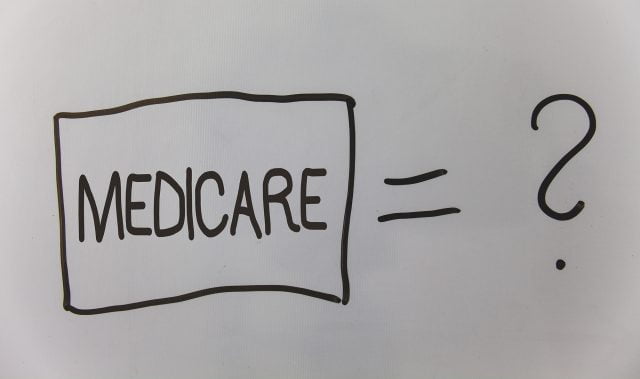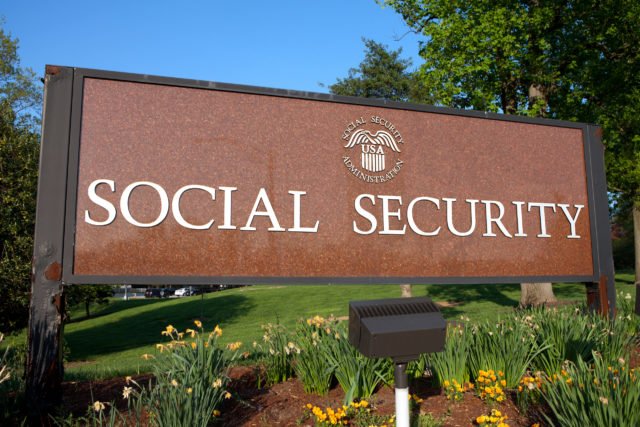
Bet You Can’t Guess Your Medicare Part B Premium for 2017!
Alicia H. Munnell is a columnist for MarketWatch and senior advisor of the Center for Retirement Research at Boston College.
Medicare premiums depend on interaction with Social Security COLA.
The Social Security Administration recently announced that, in 2017, beneficiaries will receive a cost-of-living adjustment of 0.3 percent. But about 70 percent of beneficiaries will not see any increase in their Social Security benefits because every dollar of the increase will go to pay for higher Medicare premiums. What will happen to the other 30 percent of beneficiaries depends on the mood of the Congress.
Medicare is composed of two programs. Under Part A, the Hospital Insurance (HI) Trust Fund pays for inpatient services and is financed by a 2.9-percent payroll tax, shared equally by employers and employees. The Supplementary Medical Insurance (SMI) Trust Fund consists of two separate accounts: Part B, which covers physician and outpatient hospital services and Part D, which was enacted in 2003 and covers prescription drugs. Three quarters of the costs of Parts B and D are paid from the government’s general revenues, which come from the personal income tax, corporate income tax, etc. The other 25 percent is paid from monthly premiums charged to beneficiaries, which typically are deducted from Social Security benefits before they are sent to the recipient.
Typically, the Medicare Part B premium is increased each year in line with Part B per capita expenditures. In the absence of any complicating factors, the 2016 monthly premium would have increased from $104.90 in 2015 to $120.70. The law, however, contains a “hold harmless” provision that limits the dollar increase in the premium to the dollar increase in an individual’s Social Security benefit. Because the COLA for Social Security benefits was zero for 2016, premiums did not increase for the 70 percent of beneficiaries protected by the hold harmless provision and they continued to pay $104.90.
Although the Medicare Part B premium has not been officially announced for 2017, reports suggest that, if the hold harmless provision did not apply, the premium would be about the same in 2017 as in 2016 – that is, about $120. Beneficiaries protected by the hold harmless provision, however, will see their Medicare Part B premium go up only by the dollar increase in their Social Security benefit.
The really interesting question is what’s going to happen to the 30 percent of beneficiaries not protected by the hold harmless provision. These include new enrollees during the year (5 percent); enrollees who do not receive a Social Security benefit check (3 percent); enrollees with high incomes, who are subject to the income-related premium adjustment (6 percent); and dual Medicare-Medicaid beneficiaries, whose full premiums are paid by state Medicaid programs (19 percent). (Some overlap exists between the categories, which explains why the numbers add up to slightly more than 30 percent.)
In 2016, the unprotected group faced increases as high as 50 percent, in part to make up for what the protected 70 percent weren’t paying. But in October last year, Congress and the President agreed on a two-year budget deal that held the increases to 16 percent in 2016. So the basic premium for the unprotected group rose to $121.80, and much higher for those with income-related premiums. But the protection technically would apply to 2017 only if it were another year of zero Social Security COLA. Who knows what will happen in the face of a very small COLA.
Moreover, those who first claimed Social Security benefits in 2016 are paying $121.80, while their counterparts who claimed in 2015 or before are paying only $104.90. Both of these groups will be held harmless in 2017, but, unless Congress says otherwise, the former group will continue to pay a higher basic premium than the latter group. Finally, those who claim for the first time in 2017 will not be held harmless.
Let’s hope Congress is in an expansive mood when it returns in November! And, by the way, this situation is all too complicated!







